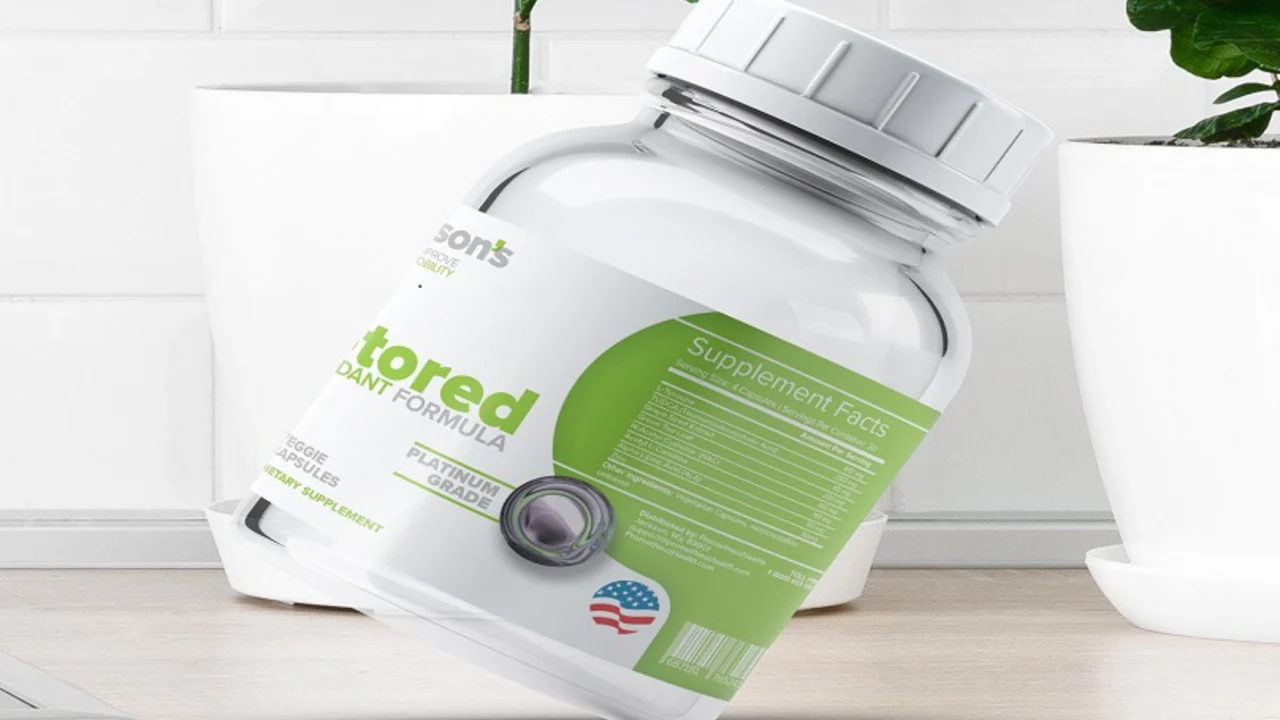Bloodroot: Benefits, Uses & Safety Tips You Need to Know
If you’ve heard the name bloodroot and wonder whether it belongs in your medicine cabinet, you’re not alone. This bright red‑staining plant, scientifically called Sanguinaria canadensis, has been used by Native Americans for centuries. Today, people turn to it for skin issues, oral health, and even as a natural anti‑cancer ingredient. Below we break down what bloodroot actually does, how to use it safely, and where to find reliable products.
What Is BloodRoot?
Bloodroot is a wild herb that grows in shady woods across the eastern United States. The root contains an alkaloid called sanguinarine, which gives the plant its signature red juice. Historically, tribes chewed the roots to treat toothaches and skin sores. Modern herbalists prize it for its antimicrobial and anti‑inflammatory properties.
Because sanguinarine can kill cells, researchers have looked at bloodroot extracts as a possible cancer‑fighting agent. Lab studies show it can stop tumor growth in some cell lines, but human trials are still limited. So while the buzz is real, you shouldn’t count on bloodroot as a cure.
How to Use BloodRoot Safely
The safest way to try bloodroot is through products that have been standardized for sanguinarine content. Common formats include topical gels, oral tinctures, and powdered capsules. Start with the lowest dose recommended on the label—usually a few drops of tincture or one capsule per day.
Never apply pure bloodroot paste to open wounds; the strong alkaloid can cause burns. For skin care, look for creams that blend bloodroot with soothing carriers like aloe or jojoba. If you’re using it for oral health, a diluted mouthwash (1‑2 % tincture in water) works best and should be spit out, not swallowed.
People with sensitive gums, pregnant women, and anyone on chemotherapy should avoid bloodroot unless a healthcare professional says otherwise. Also, watch for interactions with blood thinners—sanguinarine can affect clotting.
Choosing Quality BloodRoot Products
Quality matters because the potency of bloodroot varies wildly in the market. Look for brands that provide third‑party lab results showing exact sanguinarine levels. Transparent sourcing (wild‑crafted vs. cultivated) and clear expiration dates are also good signs.
Price can be a clue, too—extremely cheap products often cut corners on purity. If you’re unsure, start with a small bottle from a reputable herbal shop and read customer reviews that mention skin tolerance or taste.
Remember, bloodroot is a powerful herb, not a casual supplement. Treat it like any other medication: follow dosage instructions, monitor how your body reacts, and stop use if you notice irritation or unusual symptoms.
In short, bloodroot offers interesting anti‑microbial benefits and may support skin health when used correctly. Stick to standardized products, keep doses low, and talk to a professional if you have health concerns. With the right approach, this historic plant can be a useful addition to your natural wellness toolkit.
Howdy folks! Today we're zeroing in on one gem of a dietary supplement that can boost your immunity and overall well-being remarkably – it's Bloodroot. Packed with incredible health benefits, this wonder herb is a powerhouse that helps to bolster your body's defenses. I've personally experienced its magic and I can't wait to share the details with you. So buckle up and ready yourself for a journey of wellness with Bloodroot!
Nov, 8 2023

